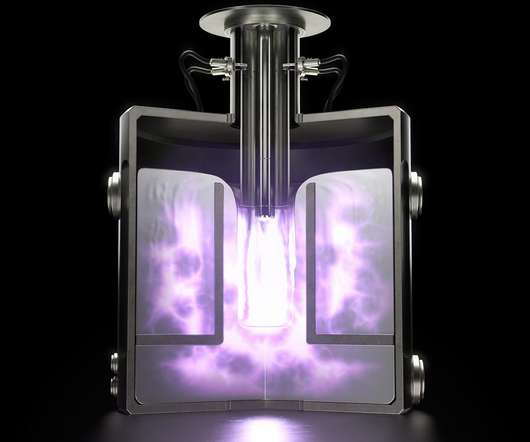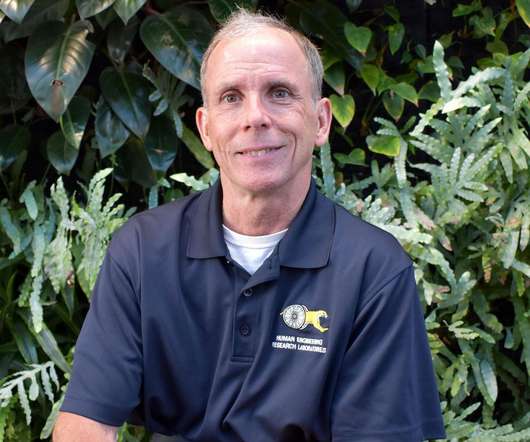Chevron invests in nuclear fusion start-up Zap Energy
Green Car Congress
AUGUST 16, 2020
a Seattle-based start-up company developing a next-generation modular nuclear reactor with an innovative approach to advancing cost-effective, flexible, and commercially scalable fusion. Driving electric current through the flow creates the magnetic field, which confines and compresses the plasma.






















Let's personalize your content